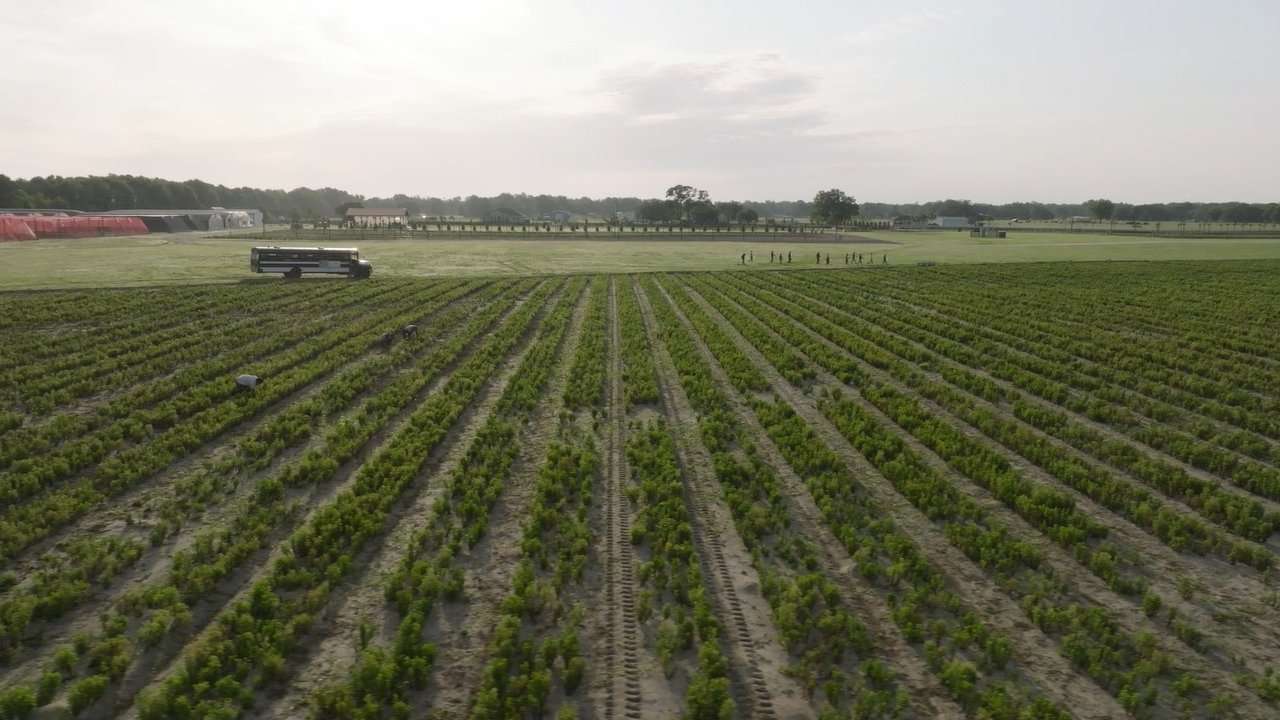Splenda’s Florida Stevia Farm Opens New Door for U.S. Farmers
First In The U.S. Program Comes To National TV
LAKE PANASOFFKEE, FL — A sea of uniform green plants interspersed with occasional patches of Florida sand stretches as far as the eye can see across a spring morning here, looking for all the world like a landscape nursery. But these plants aren’t ornamentals, they’re Florida’s – and the nation’s – newest cash crop, stevia, a natural sweetener that’s been used for thousands of years.
Until now, most commercial stevia farming has been done overseas, primarily in China. Now Heartland Food Products Group, makers of the Splenda brand of sweeteners, have brought it to the U.S. And along with the crop, they’re bringing opportunity for small U.S. family farms. That’s the subject of this week’s episode of Where The Food Comes From.
See, these endless acres of stevia plants here aren’t what will eventually make it to your pantry in a Splenda box. These are the mother plants that will be distributed to partner family farms, who’ll use them to start the crop they’ll grow that you’ll eventually put in your tea and cookies. And Heartland is taking the guesswork out of the equation by doing what’s next-to-unthinkable in farming: ensuring a return to the grower.
It’s a remarkable win-win situation in an industry that’s too often fraught with risk. And it’s a surprising move from a corporation so big it doesn’t have to play nice.
“We want to be good corporate citizens,” says EVP of Global Manufacturing, Quality and R&D Ricardo Reyes, who appears in the episode. “We believe Heartland will benefit from this investment in U.S. agriculture and we want to make sure our partners do as well.”
The stevia plant itself is fascinating – it’s been used for thousands of years in South America, where it originated. And even though the leaves are sugar-sweet, most people don’t realize stevia is a natural, farmed product. It has no calories or carbohydrates. In fact, research suggests it may actually be hypoglycemic – meaning it may actually lower blood sugar in users.
The spreading fields dominate the stevia farm, but it’s hard to miss the processing facility that’s also on-site. There, the stevia leaf is fed into a hopper, chopped and mixed with water, then condensed to a thick syrup. That’s then reconstituted, then condensed again to finish the super-sticky concentrate that will go on to make the version of stevia you find in stores and restaurants. The leftover leaf makes perfect fodder for animals.
Where The Food Comes From host and producer Chip Carter walks viewers through the whole process, from plant propagation in the on-site nurseries, to harvest, to processing in the facility. He also gets the story of why Heartland and Splenda are making this investment in American farming.
“Everything about this story is fascinating,” Carter says. “The stevia plant and its processing are amazing enough. But I’ve watched for years as corporate America has exported industry, jobs and opportunity and I certainly never expect to see that flow reverse. People don’t realize it, but the corporate world has found its way to agriculture. In areas where there were once 30, 40, 50 family farms, there may be three or four now. Farm families are willing to fight the fight because they’re truly passionate and dedicated to feeding the world. They don’t expect support. Remarkably, that’s what they’re getting from Heartland.”




